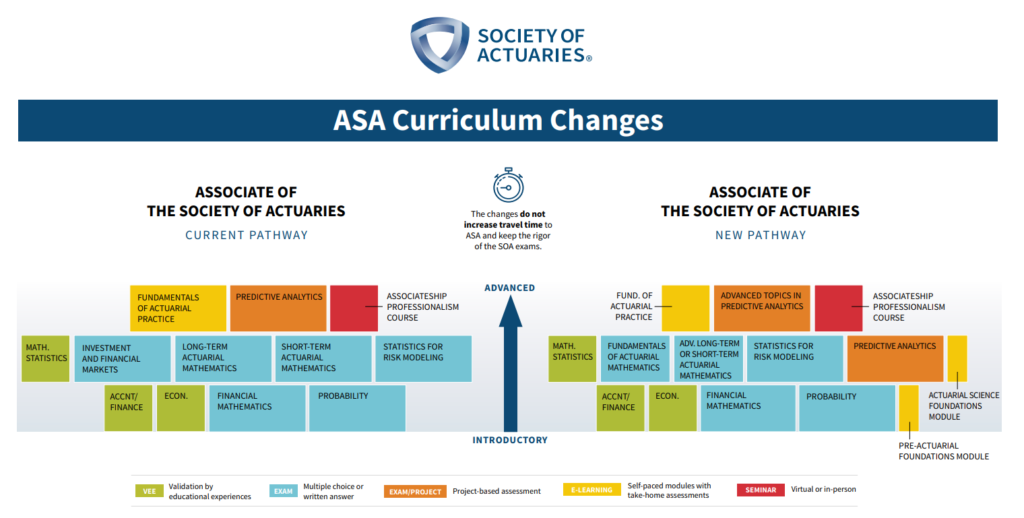Link: https://www.forbes.com/sites/ebauer/2021/07/08/do-you-get-your-moneys-worth-from-buying-an-annuity/?sh=380f33612082&fbclid=IwAR1dlxEjlWlmPSetMplHWU6BdPjzzo7ju983c73QKr5KKKn29PjurCq_YmA
Excerpt:
But measuring the value of annuities, generally speaking, does tell us whether consumers are getting a fair deal from their purchases, and here, a recent working paper by two economists, James Poterba and Adam Solomon, “Discount Rates, Mortality Projections, and Money’s Worth Calculations for US Individual Annuities,” lends some insight.
Here’s some good news: using the costs of actual annuities available for consumers to purchase in June 2020, and comparing them to bond rates which were similar to the investment portfolios those insurance companies hold, the authors calculated “money’s worth ratios” that show that, for annuities purchased immediately at retirement, the value of the annuities was between 92% – 94% (give-or-take, depending on type) of its cost. That means that the value of the insurance protection is a comparatively modest 6 – 8% of the total investment.
But there’s a catch — or, rather, two of them.
In the first place, the authors calculate their ratios based on a standard mortality table for annuity purchasers — which makes sense if the goal is to judge the “fairness” of an annuity for the healthy retirees most likely to purchase one. But this doesn’t tell us whether an annuity is a smart purchase for someone who thinks of themselves as being in comparatively poorer health, or with a spottier family health history, and folks in these categories would benefit considerably from analysis that’s targeted at them, that evaluates, realistically, whether annuities are the right call and whether their prediction of their life expectancy is likely to be right or wrong.
Author(s): Elizabeth Bauer
Publication Date: 9 July 2021
Publication Site: Forbes





